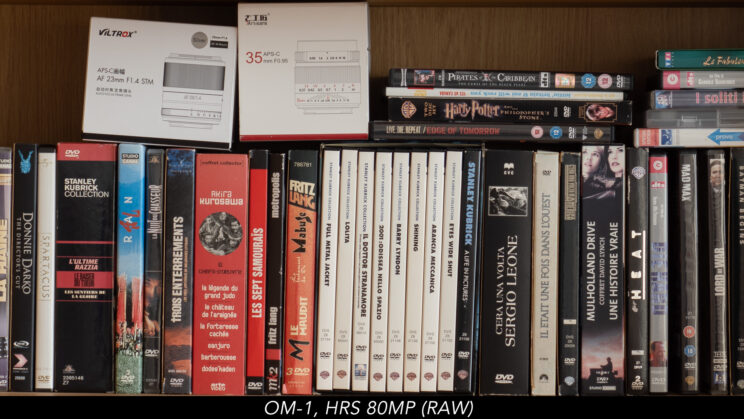The OM System OM-1 was launched in February 2022 as the first product released under the new brand OM System, following Olympus’ departure from the camera business. It introduced long-awaited upgrades such as a new sensor and autofocus system, among other features.
Two years later, the OM-1 Mark II arrives to bring a small update to the current flagship camera. Let’s now see exactly how the two products compare.
But first, here are all the things they have in common:
- 20.4MP Four Thirds BSI Stacked sensor with Quad-Pixel design
- TruePic X image processor
- 200 – 25,600 ISO range (80 – 102,400 extended)
- Max. shutter speed of 1/32,000s (with electronic shutter)
- 4K up to 60p, Full HD up to 120p, 10-bit 4:2:0 (H.265), HLG and OM-Log400
- 0.5-in OLED viewfinder with 5.76M dots, 21mm eye point, 0.83x magnification, 120fps refresh rate
- Vari-angle 3.0″ LCD monitor (1.62M dots) with touch sensitivity
- WiFi, Bluetooth, Focus Stacking, Live ND, Pro Capture, Tethering, Time-lapse, Live composite, Live Bulb, High Resolution mode
- Dual card slots (SD UHS-II)
- IP53-class splash & dustproof design
- Dimensions: 134.8 x 91.6 x 72.7 mm
- Weight: 599g (including battery and memory card)
- BLX-1 Battery with approx. 520 shots per charge (CIPA rating, real-world figures can be much higher)
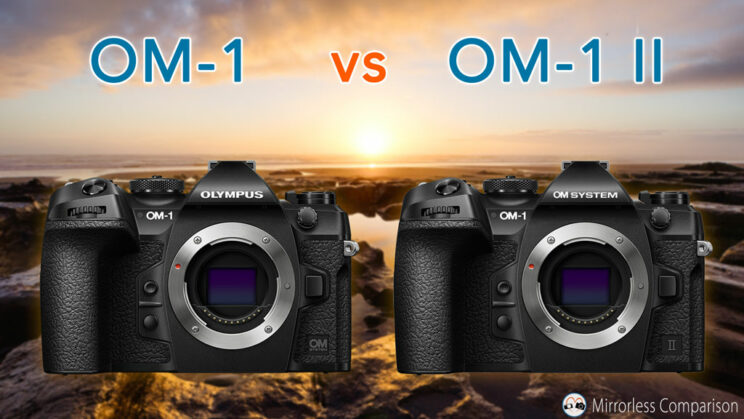
Ethics statement: the following is based on my personal experience with the OM-1 and official specs for the OM-1 II. We were not asked to write anything about this product, nor were we provided any compensation of any kind. Within the article, there are affiliate links. If you buy something after clicking one of these links, we will receive a small commission. To know more about our ethics, you can visit our full disclosure page. Thank you!
1. RAM
The OM-1 II utilises the same TruePix X image processor found in the original OM-1, but the new camera’s chip has more RAM (Random-Access Memory). This allows the Mark II model to enhance performance in certain areas, such as buffer capacity during continuous shooting.
2. Autofocus
The OM-1 represented a significant advancement in autofocus performance compared to the E-M1 III, especially for wildlife and birds.
The OM-1 mark II brings further improvements through updated algorithms and deep learning software. The AI Detection AF now includes humans, replacing the standard Face/Eye AF setting that was distinct from the more advanced AI capabilities on the previous model. This enhancement is expected to improve autofocus precision when the person is facing away, appears smaller in the frame (at a distance), or is wearing sunglasses or a mask.
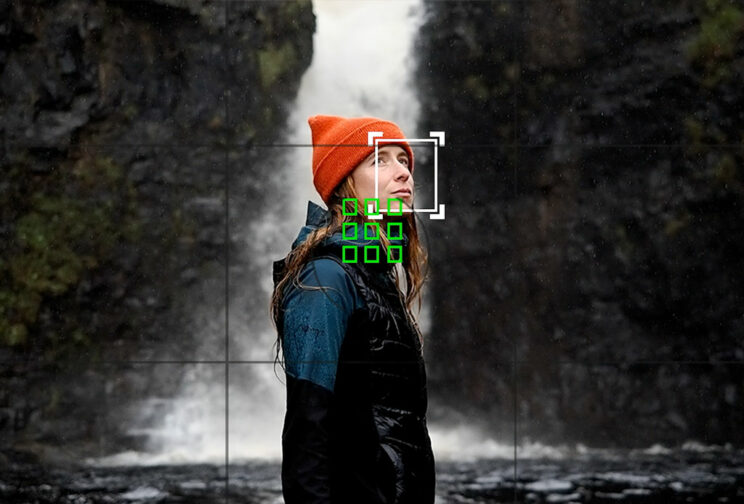
The change also means that now all the types of subject the camera can recognise are located within the same setting.
The other types of subjects detected remain the same, including birds, cats, dogs, cars, motorcycles, planes, and trains.
For motorsport races, the OM-1 II should be more better in prioritising the helmet of a rider or driver (open-cockpit cars).

Regarding birds, OM System has stated an improvement in accuracy when using continuous AF and AF+Tracking.
Another improvement is a more convenient method to switch from one target to another when multiple subjects are detected in the frame. The camera can now track up to 8 subjects simultaneously.
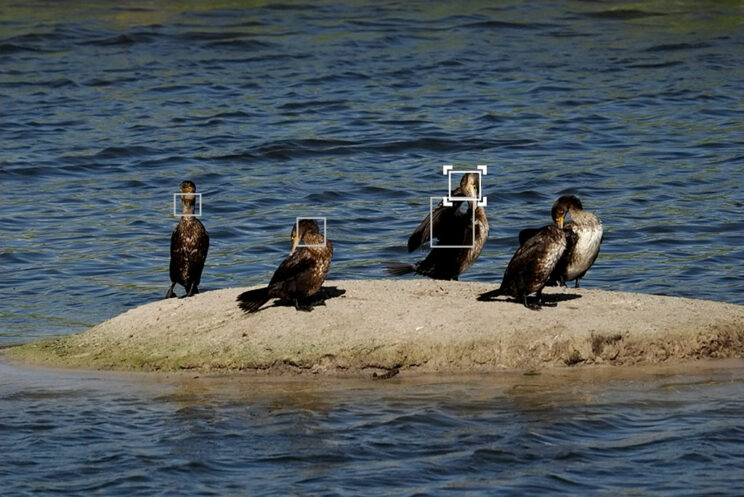
Subject detection settings can also be accessed from the Super Control Panel, in addition to the main menu and a custom button.
3. Continuous Shooting and Buffer
The fastest drive speed remains unchanged, reaching 50fps with C-AF and 120fps with Single AF.
However, you can now select slower frame rates of 12.5fps and 16.7fps when working with the SH2 mode, which also provides the blackout-free live view experience. This allows photographers to work at lower frame rates when they prefer fewer images to sort through, while still benefiting from the minimal lag offered by blackout-free shooting.
A notable improvement concerns the buffer: the original OM-1 was capable of handling the fastest speed of 120 fps for only 1 second (120 frames). The OM-1 II can sustain the maximum burst for approximately 1.7 seconds, enabling the storage of up to 213 RAW files.
At 50fps, the Mark II model can work at full speed for approximately 256 RAW files (5 seconds burst), whereas the Mark 1 model would slow down after 2.5 seconds (125 frames).
In Pro Capture mode, you can now buffer up to 99 frames before fully pressing the shutter button with the OM-1 II, compared to 70 images on the predecessor.
4. Stabilisation
Both cameras feature in-body 5-axis stabilisation. The OM-1 can compensate up to 7 stops with sensor shift alone, while the OM-1 II reaches an impressive 8.5 stops.
With Sync IS, which combines the body and lens optical stabilization, the original OM-1 achieves up to 8 stops, while the Mark II maintains the same 8.5-stop rating.
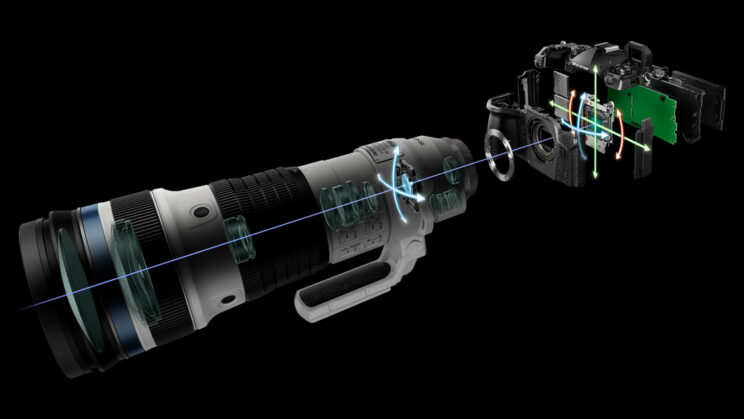
It’s important to note that Sync IS only functions with select Olympus/OM System lenses. Additionally, these ratings can vary depending on the specific lens and focal length used. For instance, the 8.5EV rating with Sync IS on the OM-1 II was measured using the 150-400mm F4.5 Pro at 150mm, but the compensation at 400mm is likely to be lower.
It’s worth nothing that, while the OM-1 II boasts better stabilisation, the original OM-1 was already leading the category. The exact areas where this improvement will be noticeable may not be immediately apparent, and you’ll likely need very specific situations to spot any benefit.
5. High Resolution Mode
Both cameras are capable of capturing high-resolution shots up to 80MP (tripod) or 50MP (hand-held). The key distinction is that the OM-1 II can save a 14-bit RAW file, providing more colour information for post-processing, whereas its predecessor is limited to 12-bit.

There was no mention of motion correction (similar to what is available on Panasonic cameras for example), so I’m assuming the OM-1 II still does not include the option.

Sample taken hand-held, gentle wind in the background
6. Live GND (Graduated ND)
Live ND is a clever function, initially introduced in the E-M1X, where the camera composites multiple frames to create a long exposure effect without requiring a physical ND filter. It works hand-held thanks to the image stabilisation system and is one of my favourite features. Now, with the OM-1 II, you can go up to ND128.
However, the primary update is the introduction of Live GND (Graduated ND). You can adjust the position and angle, with three steps (GND2, GND4, or GND8) and three types (Soft, Medium, or Hard) to choose from.
Like Live ND, you can see the result in real-time on the EVF or LCD screen, and save a RAW file for further post-processing.

7. Body Design Tidbits
The dimensions and weight remain unchanged, so any differences need to be sought out.
Firstly, the dials have been rubberised on the OM-1 II to provide photographers with better tactile feedback when wearing gloves or working with cold hands in less favorable weather conditions.
Additionally, on the new camera, you have the option to assign the Menu to a function button on the right side of the body, enabling full control with your right hand while keeping the left hand on the lens.
Another noticeable change is the brand name at the top, transitioning from Olympus to OM System. While the original OM-1 retained the Olympus name as a tribute, it now aligns with OM Digital Solutions’ gradual re-branding of all the gear in production.
Lastly, you may also notice the “II” designation at the bottom right part of the camera.
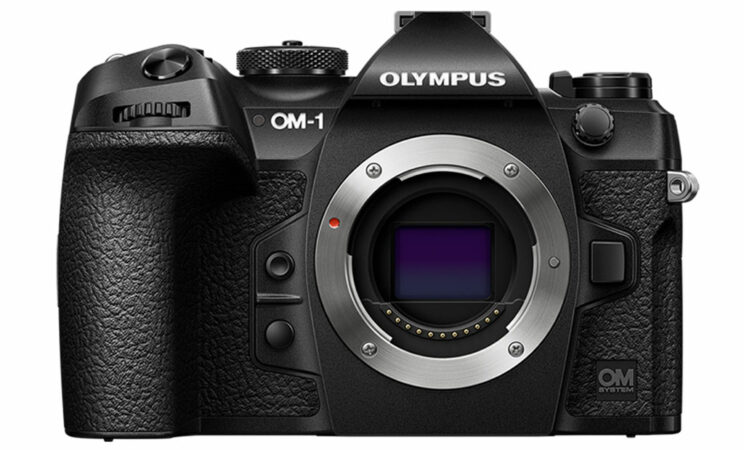
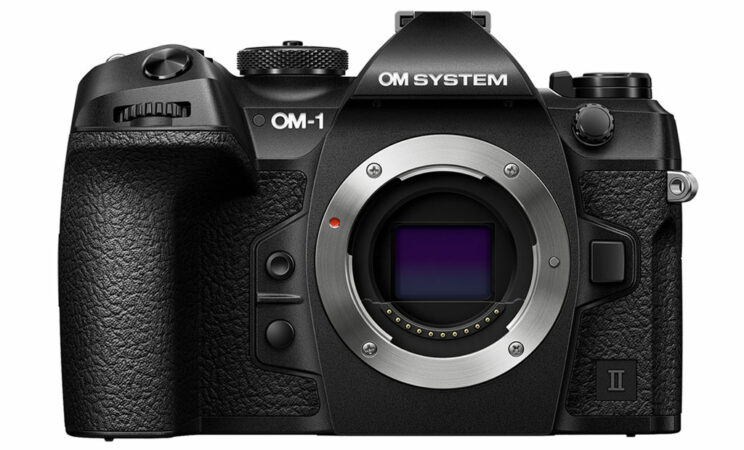
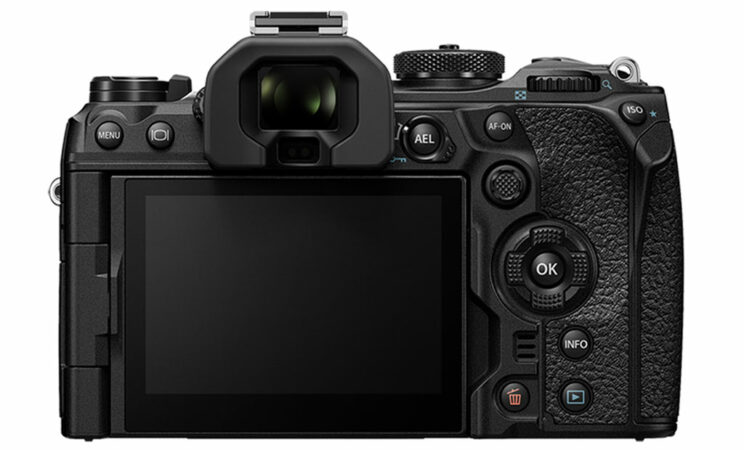
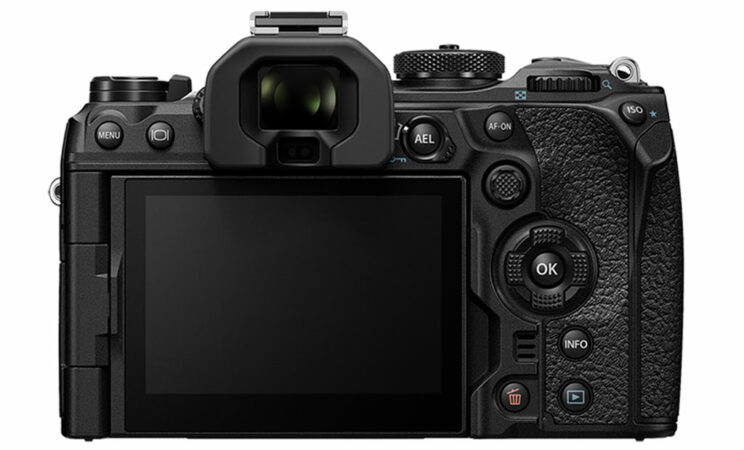
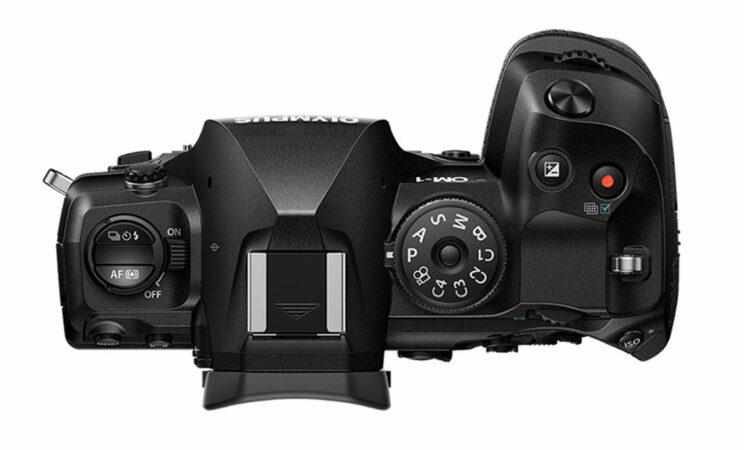
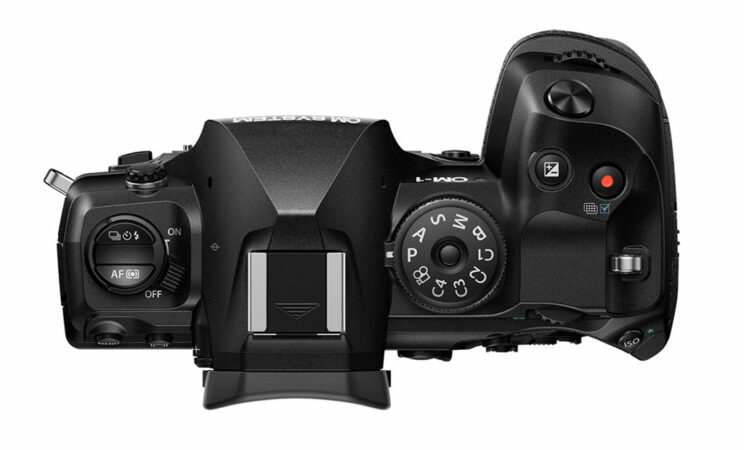
8. Vertical Video
Almost nothing has changed regarding movie capabilities, with the ability to record 4K up to 60p and Full HD up to 120p. The latter also offers 10-bit 4:2:0 (H.265 codec) recording with the HLG or OM-Log400 curve.
The only addition here is support for vertical video recording, which is useful for social media platforms.
9. Webcam
Following the trend initiated by other competitors, the OM-1 II can now be used as a native webcam without the need for additional software or plugins. It supports the UVC (USB Video Class) and UAC (USB Audio Class) protocols, allowing your computer to detect it straight away as a video/audio source.
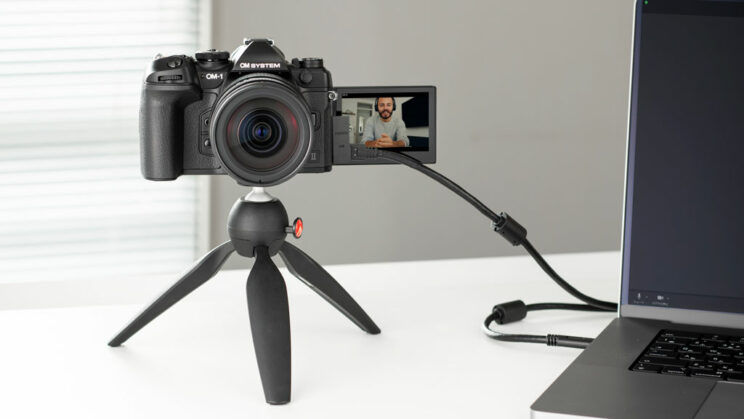
10. Price
The original OM-1 is being sold at the retail price of $2000, £1950, or €1880.
The OM-1 II at launch will cost you $2400, £2200, or €2400.
Note: Prices as of February 2024.
Conclusion
One important aspect to understand when comparing these two cameras is that the majority of the improvements introduced in the OM-1 Mark II are software-based, and this is something OM System told me during the press brief. There are no changes in hardware, except for the rubberised dials and the increased RAM on the processor, which allows for greater buffer capacity and might also play a role with the new Live GND mode.
This suggests that technically, many of these enhancements could potentially be added to the original OM-1 via a firmware update. Whether this will happen or not is a question I cannot answer at the moment. As of now, OM Digital Solutions has no plans in that direction.
One could also argue that the increased RAM may play a role in faster AF calculations, and therefore be a key element of the improved autofocus performance. I guess we will never know for sure unless we can compare both cameras with the exact same software side by side.
In my personal opinion, it seems that the company wanted to release an update to transition from the “Olympus” name to their own “OM System” brand. Perhaps this decision was influenced by the limited time they were allowed to use the Olympus name, or maybe they aim to establish their OM System brand consistently across all their products (as they are also re-branding all lenses in production, one portion at a time).
Company agreements aside, the OM-1 II does introduce a few interesting updates. I am particularly eager to see how much of an improvement there is concerning birds in flight. While the original OM-1 has the highest score among micro four-thirds cameras in my ranking, it also demonstrated inconsistency in my testing across multiple firmware updates.
But overall, it’s fair to say that the OM-1 II is not a major update, and I hope owners of the original OM-1 will eventually have the opportunity to receive improvements via firmware updates in the future.
Check price of the OM-System OM-1 on
Amazon | Amazon UK | B&H Photo | eBay
Check price of the OM-System OM-1 II on
B&H Photo


